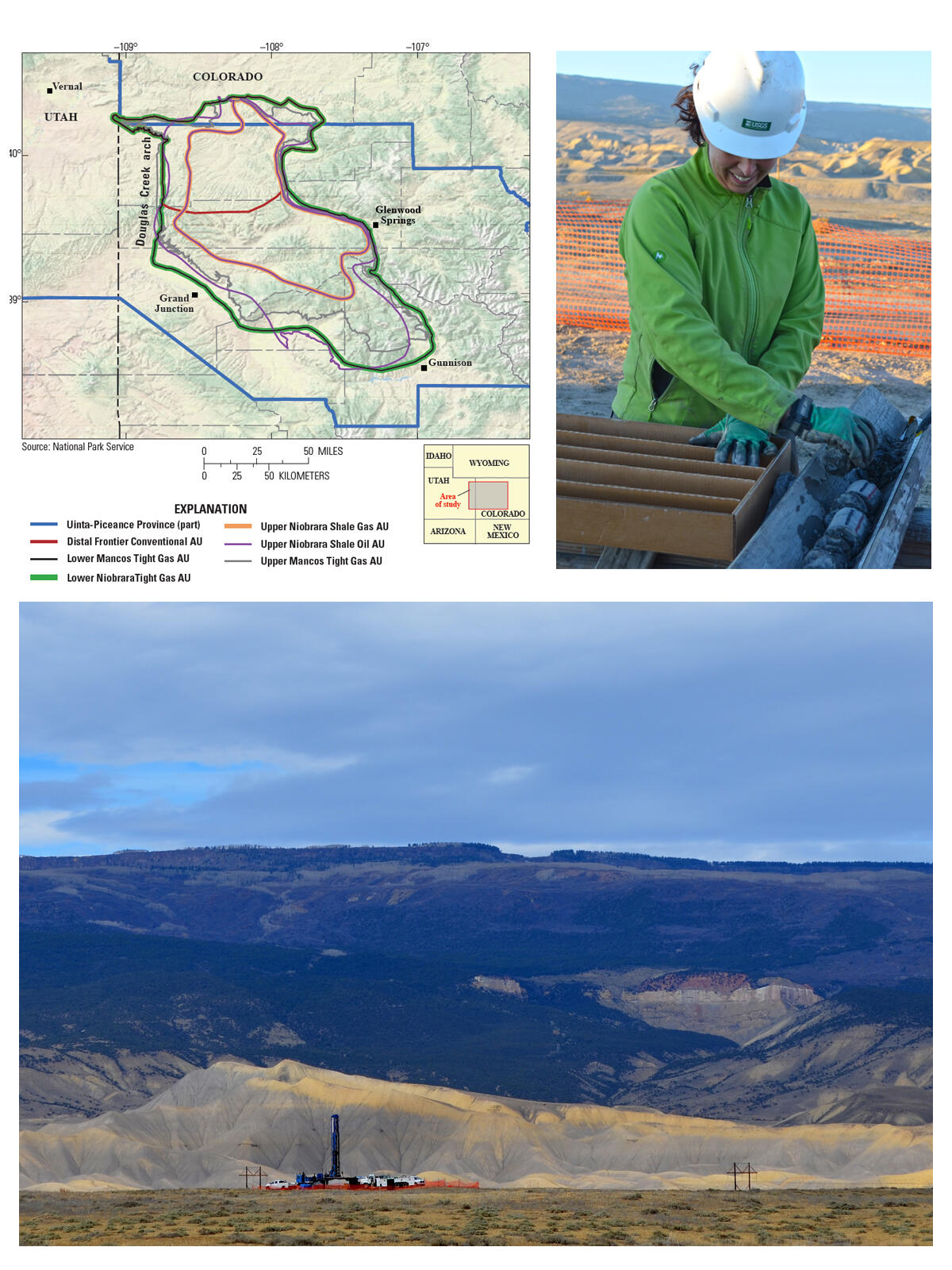It is difficult to overstate the importance of energy to the American economy. Managing this vital sector depends on knowing how many energy resources we have, how many we use and need, and how these resources are transported.
No one can predict the future, but given enough statistical information, an approximate world-energy model can be designed.
Modeling the future of global oil and gas supply and demand is the province of the U.S. Energy Information Administration’s (EIA) Office of Energy Analysis. The supply side of the petroleum industry is a focus for Troy Cook, a member of the EIA’s Upstream Production and Analysis Team.
Team members collect information on the costs and size of petroleum developments. The team considers production fields, development projects that are underway but not yet producing, and undiscovered and yet-to-be-found petroleum.
“That’s where [the] U.S. Geological Survey comes in,” said Cook. The U.S. Geological Survey (USGS) assesses the quantity, quality, and distribution of undiscovered oil and gas resources in the United States and around the world.
“The USGS resource assessments are an important source of information to us because they’re geologically based and quantified using proven and published methods,” continued Cook.
According to Cook, understanding undiscovered resources is one of the most difficult and important pieces of the puzzle. Without this, EIA domestic and international supply and demand models would lack the critical elements necessary to create the most accurate supply-based model.
“The goal is to be able to reasonably portray what the global energy industry would look like 25, even 30 years into the future,” Cook said. “Basically, we want to be able to answer questions like, ‘What might the price of liquefied natural gas in Japan be in 2031?’”
The EIA’s current model, the Global Hydrocarbon Supply Model, or GHySMo, has been under development while petroleum engineers like Cook gather data from dozens of different sources.
“The recent USGS international-based publications and data have been extremely useful,” said Cook. “In 2012, [the] USGS released its global conventional oil and gas assessment and in 2013, all of the supporting data. These two publications have extensive applications to supply-based modeling at the global level.”
Part of the effort is keeping up with new industry methods and standards. As new technologies are introduced, “unconventional” oil and natural gas resources that were previously unobtainable become producible. For example, as the widespread adoption of hydraulic fracturing and directional drilling sparked the shale gas and shale oil booms, the USGS began issuing assessments that reflected what became recoverable. The EIA welcomed the new estimates and added them to their models.
Whether it’s abroad or in the United States, the USGS oil and gas assessments, both conventional and unconventional, continue to provide energy-information professionals like Cook with science-based, publicly available sources of information about the world’s petroleum.
“As GHySMo development continues, each new assessment by the USGS adds to the EIA modelers’ understanding of resource potential,” said Cook. “Each one helps round-out the estimates of resources we use in our models for the global supply of petroleum.”
For more information, contact Murray Hitzman, USGS Associate Director for Energy and Minerals, at mhitzman@usgs.gov.
Read more stories about USGS science in action.








